People who suffer from obstructive sleep apnea (OSA) are usually recommended continuous positive airway pressure (CPAP) therapy. For people seeking treatment for their OSA, a CPAP machine can appear a little intimidating. Luckily for those who are unable or unwilling to seek CPAP treatment, there are several alternative treatments available depending on the severity of sleep apnea. Read on as Common Sleep explains some of the alternative obstructive sleep apnea treatments.
Oral Dental Appliances
Oral dental appliances prevent the airway from collapsing by repositioning the patient’s jaw forward just enough to create additional space at the back of the throat. Oral applications are an effective treatment method — as long as your sleep apnea is not severe. Compliance is very high with oral appliances, and many patients like that they are low maintenance compared to a CPAP machine. However, if you suffer from moderate to severe sleep apnea, CPAP is still the recommended treatment.
Weight Management
For some overweight or obese patients, weight loss can help improve or eliminate sleep apnea symptoms. Extra weight can cause fat to build up around the throat and the base of the tongue, potentially blocking the airway. While there is no guarantee that weight loss will result in the elimination of sleep apnea, it may help.
Positional Therapy
Many people often experience worse OSA symptoms when sleeping in the supine position — otherwise known as sleeping on your back. Many patients who experience OSA can find some relief from sleeping on their side. There are many therapeutic devices designed to prevent sleepers from turning over in their sleep, so they remain in the side position where they can breathe more comfortably.
Oral Surgery
For patients unable to benefit from CPAP or any of the other non-invasive procedures, surgery is a potential solution. The most common OSA procedure is uvulopalatopharyngoplasty, or UPPP, where portions of excess tissues from the soft palate and pharynx are removed as well as the tonsils.
Other procedures such as the removal of nasal polyps, the Pillar Procedure, and various ablation procedures can potentially provide patients with some relief. With any surgery, there are risks involved, so these procedures are generally a last resort. Consult your sleep professional about the viability of these procedures for the treatment of your OSA.
Upper Airway Stimulation
A major factor in the openness of the airway during sleep is the activity of the genioglossus muscle. A promising new treatment for OSA is the activation of this muscle via stimulation of the hypoglossal nerve. Hypoglossal nerve stimulation, or as it is more commonly referred — Inspire (a reference to the developers of the treatment, Inspire Medical systems) is a small impulse generator with two leads placed beneath the patient’s clavicle.
One lead continuously monitors your breathing, while the other lead stimulates crucial airway muscles to keep your airway open. This treatment has shown a very high success rate (two-thirds of patients achieved a significant reduction in their sleep apnea symptoms).
Visit Common Sleep to Find the Solution to Your Sleep Problems
At Common Sleep, our sleep professionals can help you find solutions for the sleep disorder you may be facing. Our sleep clinic in Springfield, Missouri offers in-lab sleep testing or at-home sleep tests. Contact us today at 417-368-1605 to find the answers to your sleep disorder.


